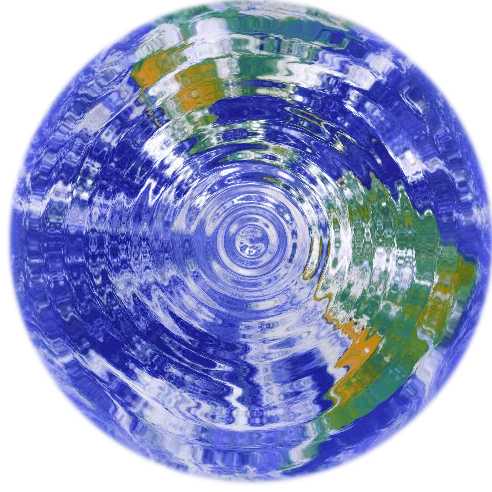 |
 |
 |
| Home page |  |
ROB Home |
Work done at ROB
Home
> Work done at ROB(3)
The observation of Earth rotation by space geodetic techniques is very precise since the Earth orientation in space is determined with an error lower than a centimeter at the Earth surface. The response of the Earth rotation to the gravitational forces exerted on its equatorial bulge induces a very complex nutation motion, i.e. a motion of the Earth rotation axis in space. This complexity is not only coming from the excitation itself (the model adopted contains more than 3000 waves), but also from the fact that the Earth don't respond as a rigid body but well as a complex system, containing different layers of different physical properties. Additionally, to this response are superimposed nutation motion stemming from the response of the atmosphere and ocean to the thermal excitation of the Sun.
This complex response is nevertheless successfully modeled with a relatively simple model, as done by Mathews et al. (2002). A number of geophysical parameters are adjusted on the observation. The aim of the work performed at ROB is to improve this model by working on several weak points. These weak points have been identified by the European consortium 'Descartes Prize-nutation'. In particular, the ROB scientists want to improve the determination of the geophysical parameters by working directly in the time domain (Bayesian approach).
Optimization of a simple model of the Earth response to the external gravitational
attraction from
using nutation observations and polar motion.
The Earth rotation is perturbed by the combined action of multiple excitations.
In particular, the interaction between the solid Earth and the other bodies of the solar system,
as well as the interaction between the solid Earth and the geophysical fluid layers
(i.e. the atmosphere, ocean, cryosphere, hydrosphere, and liquid core) generate irregular
fluctuations in the rotation. using nutation observations and polar motion.
The observation of Earth rotation by space geodetic techniques is very precise since the Earth orientation in space is determined with an error lower than a centimeter at the Earth surface. The response of the Earth rotation to the gravitational forces exerted on its equatorial bulge induces a very complex nutation motion, i.e. a motion of the Earth rotation axis in space. This complexity is not only coming from the excitation itself (the model adopted contains more than 3000 waves), but also from the fact that the Earth don't respond as a rigid body but well as a complex system, containing different layers of different physical properties. Additionally, to this response are superimposed nutation motion stemming from the response of the atmosphere and ocean to the thermal excitation of the Sun.
This complex response is nevertheless successfully modeled with a relatively simple model, as done by Mathews et al. (2002). A number of geophysical parameters are adjusted on the observation. The aim of the work performed at ROB is to improve this model by working on several weak points. These weak points have been identified by the European consortium 'Descartes Prize-nutation'. In particular, the ROB scientists want to improve the determination of the geophysical parameters by working directly in the time domain (Bayesian approach).